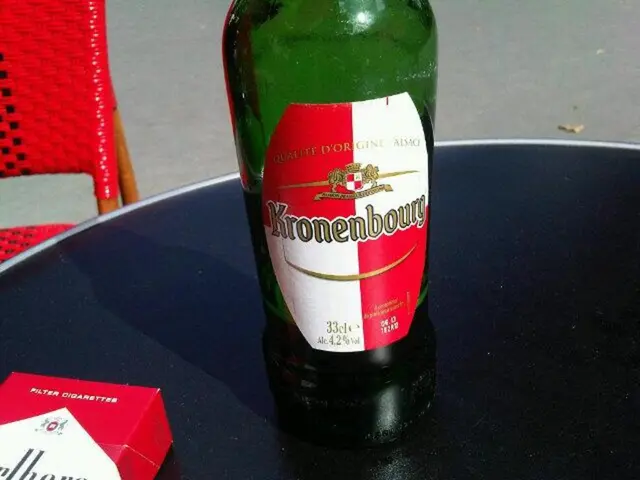Rarest Blood Type on Earth: Delving into the Enigma of Golden Blood
In the world of blood donation, there are some extraordinary individuals who carry a rare and unique blood type known as Rh-null. These individuals, numbering fewer than 50 worldwide, possess a blood system with a distinct antigen profile that sets them apart from the majority[2][3][5].
The scarcity of Rh-null donors presents significant challenges, particularly in emergencies or surgeries requiring transfusions. Because Rh-null blood lacks all Rh antigens, individuals with this blood type can only safely receive Rh-null blood; transfusions from any other type—even O-negative—may trigger dangerous immune reactions due to mismatched Rh antigens present in those other blood groups[1][5].
To address these challenges, Rh-null individuals are often advised to donate and freeze their own blood in advance of planned surgeries and to manage conditions like anemia to avoid transfusions when possible[1]. Blood banks typically do not stock Rh-null blood routinely due to its rarity and the complexities involved, leading to dependence on rare blood donor registries and networks to quickly access compatible units when needed[3]. Delays in treatment can occur while sourcing compatible blood, increasing medical risks.
Logistical barriers, such as geographic distance between donors and specialized blood banks, can make regular donations difficult. Many Rh-null individuals feel a sense of responsibility to donate their blood due to its life-saving potential, but the challenges of donation and storage necessitate careful planning[4].
Another rare blood type that shares similar challenges is the Bombay blood group, also known as the hh phenotype. Like Rh-null, individuals with this type lack A, B, and H antigens on red blood cells, making compatible donors scarce[6].
The rarity of traits like Rh-null blood raises ethical questions about resource allocation and genetic privacy. However, the study of rare blood types has led to breakthroughs in genetic research, including a deeper understanding of how genes influence the expression of antigens on red blood cells[6]. Rare blood types like golden blood challenge our understanding of what is "normal" and emphasize the importance of diversity in the human population.
In conclusion, the challenges associated with finding and using donors of golden blood stem from its extreme rarity and unique biological properties. The combination of donor scarcity, strict compatibility requirements, immune risks, and logistical constraints makes the finding and utilization of golden blood donors particularly challenging. Yet, the potential life-saving impact of these rare donors serves as a testament to the importance of maintaining and expanding rare blood donor registries and networks.
References: 1. Golden blood: The rarest blood in the world 2. The Incredible Story of Golden Blood 3. Rare blood types: The challenges and breakthroughs 4. The Donors of Golden Blood 5. Rh-null blood: The world's rarest blood type 6. The Bombay blood group: A rare blood type with unique challenges
The demands for Rh-null blood, due to its unique antigen profile and rarity, pose significant health-and-wellness issues, particularly in emergency situations where immediate access to matching blood is crucial. This scarcity in turn highlights the importance of maintaining and expanding medical-conditions-related registries and networks to ensure timely sourcing of compatible donors. Similarly, the Bombay blood group, like Rh-null, faces comparable challenges due to its scarcity and the lack of specific antigens, underscoring the need for continued study and understanding of these rare blood types in the context of health-and-wellness and science.




